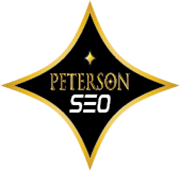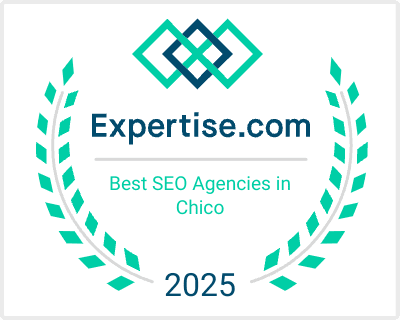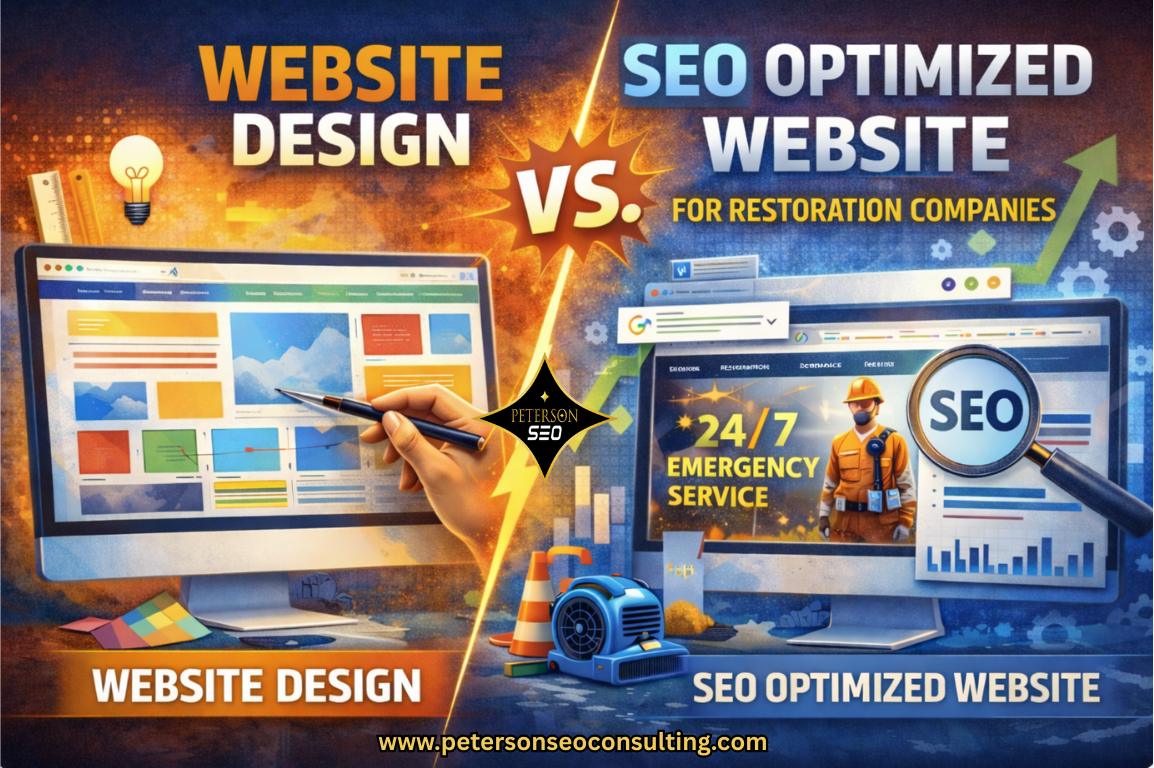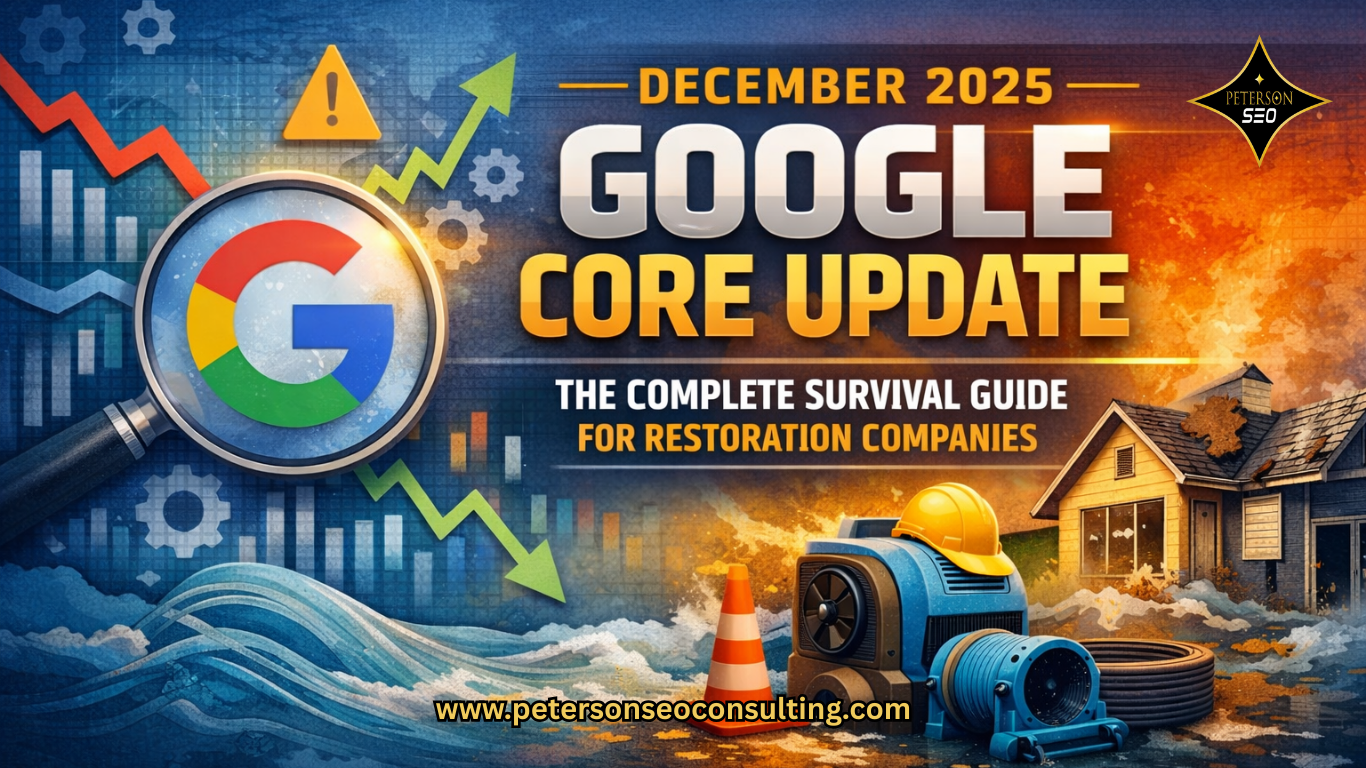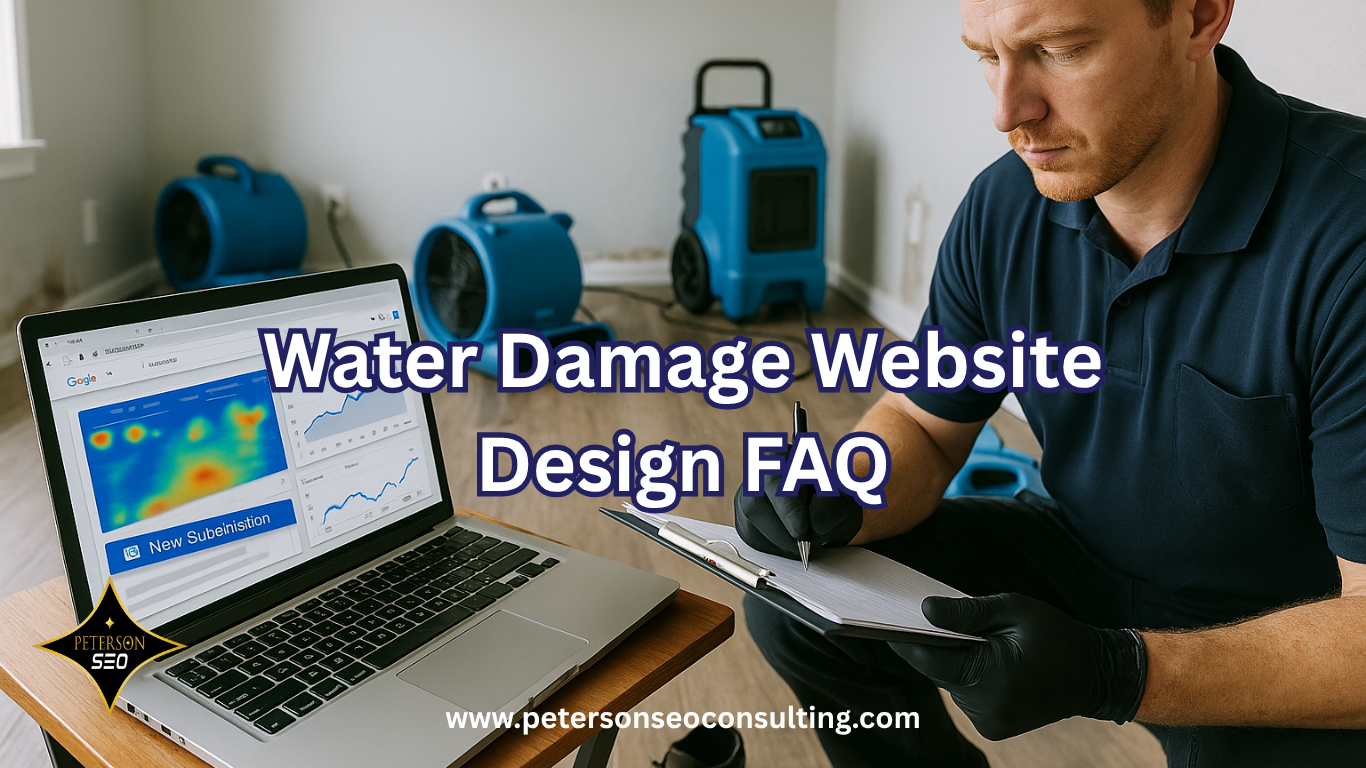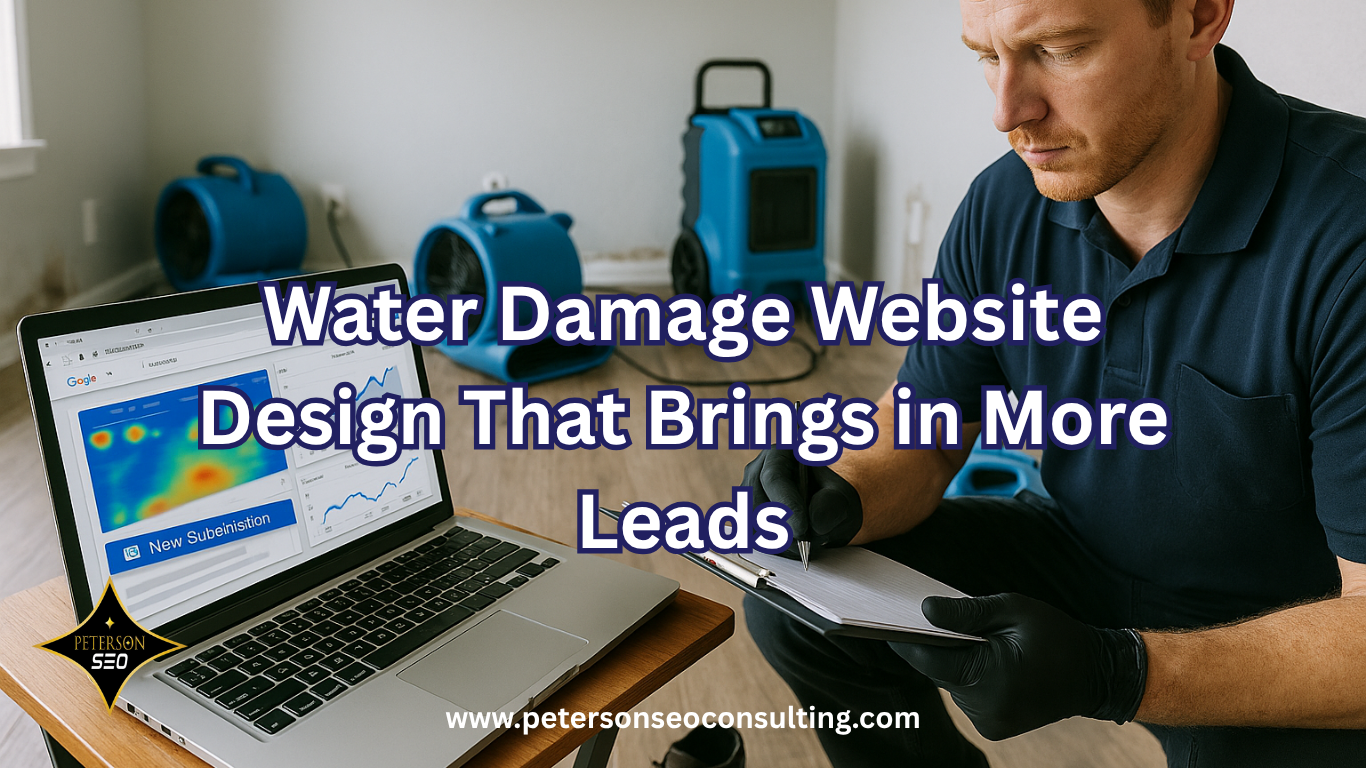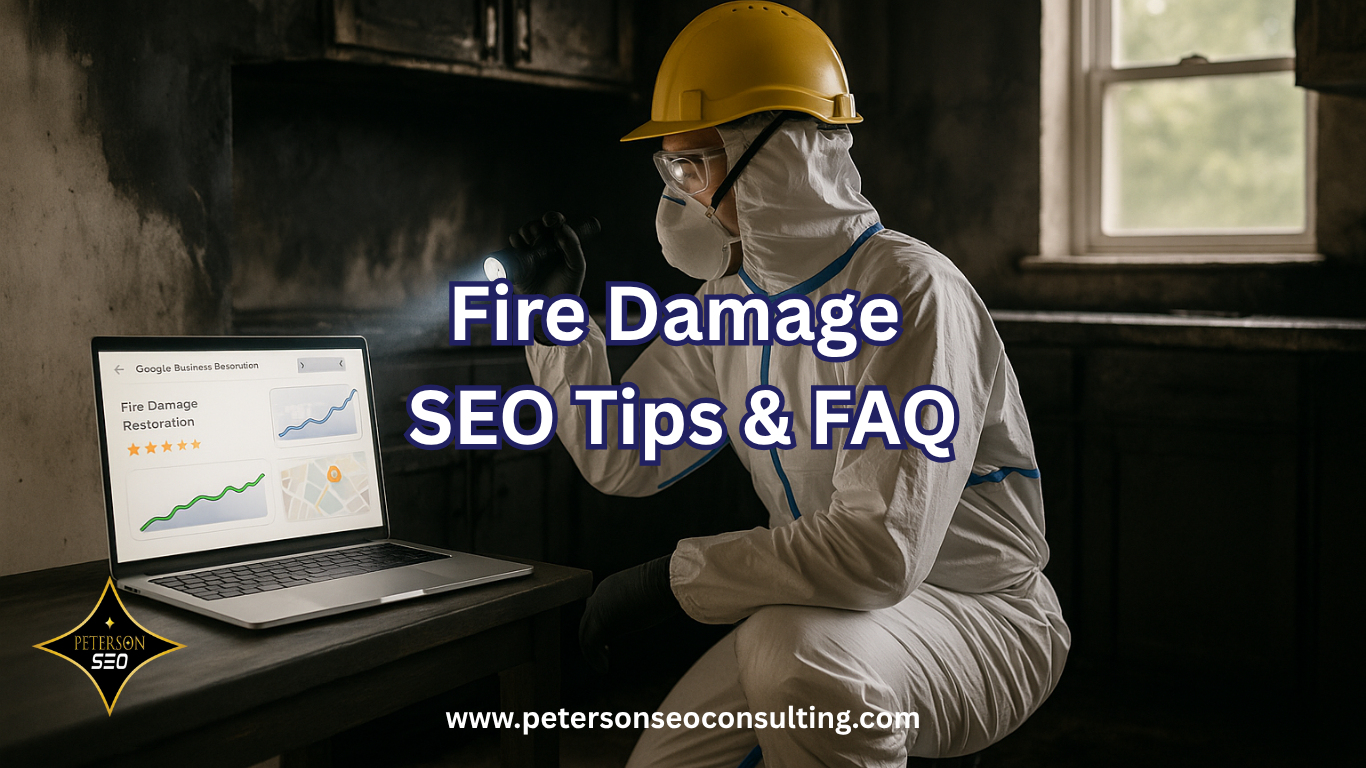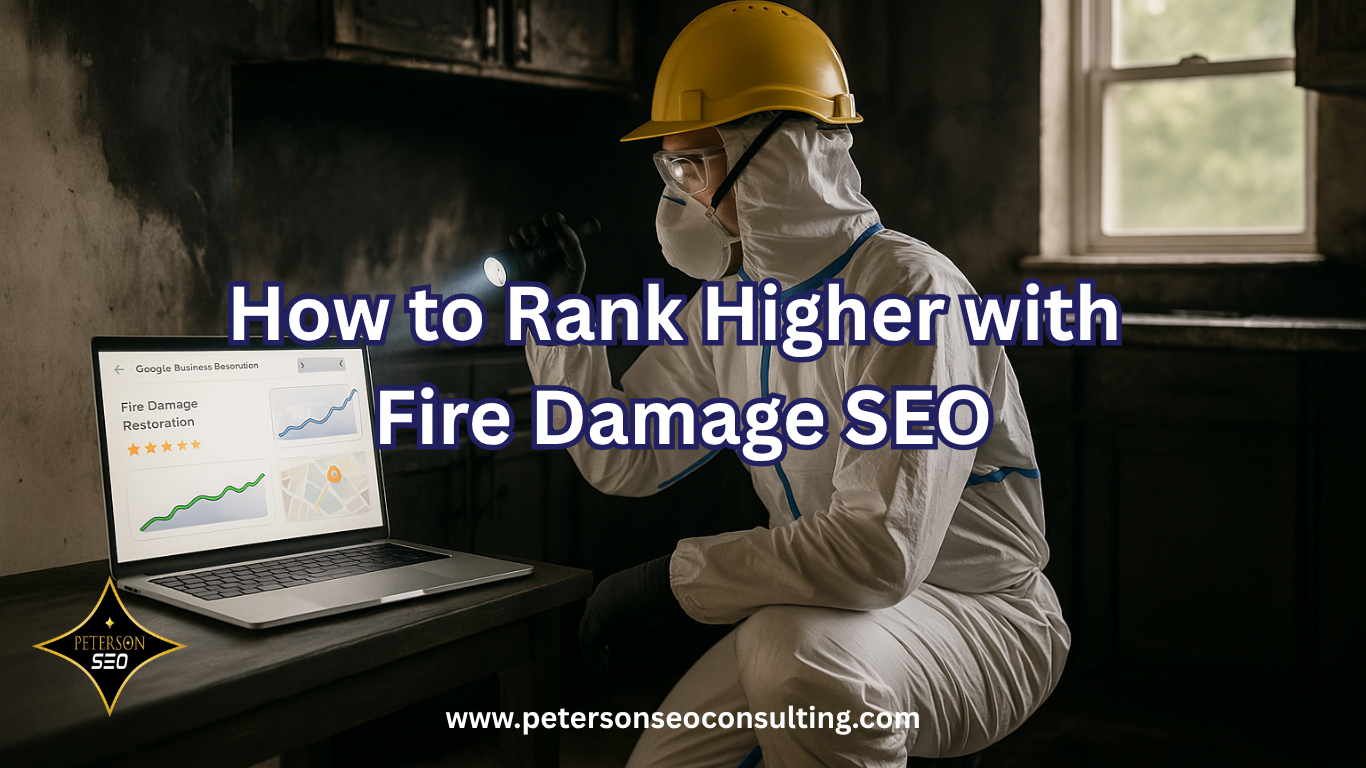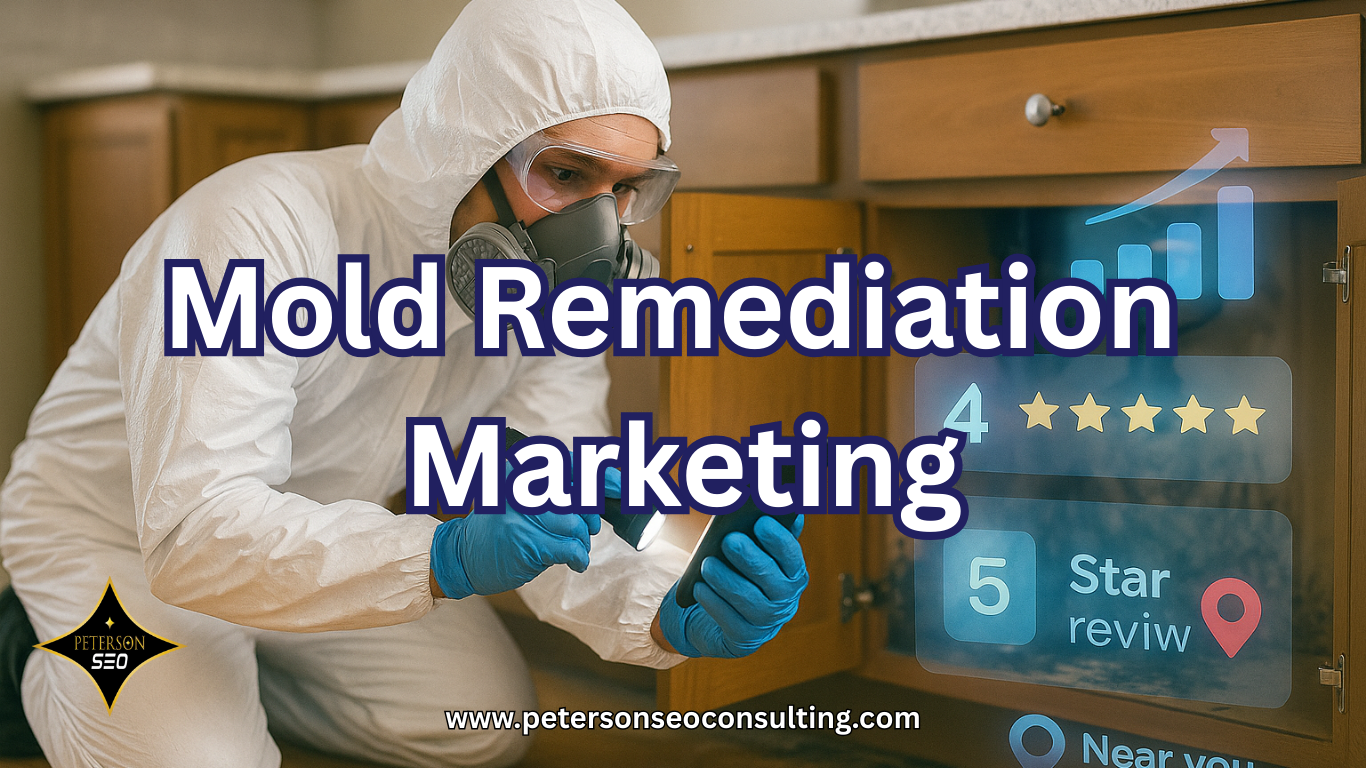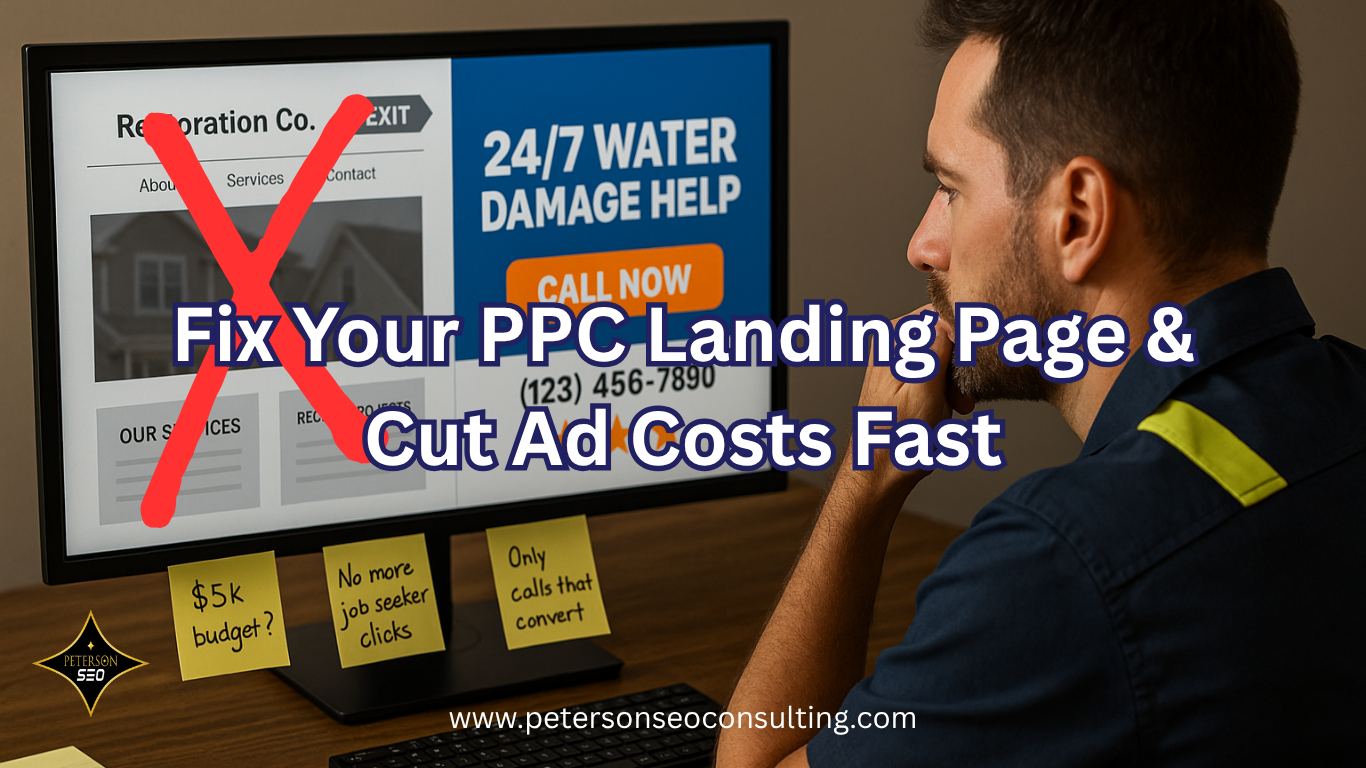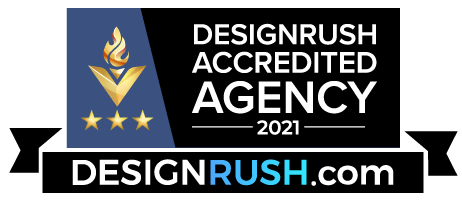Get Found Fast: 2025 Water Damage SEO Checklist + FAQ for Restoration Pros
July 8, 2025 | Chico, CA | Albuquerque, NM | USA
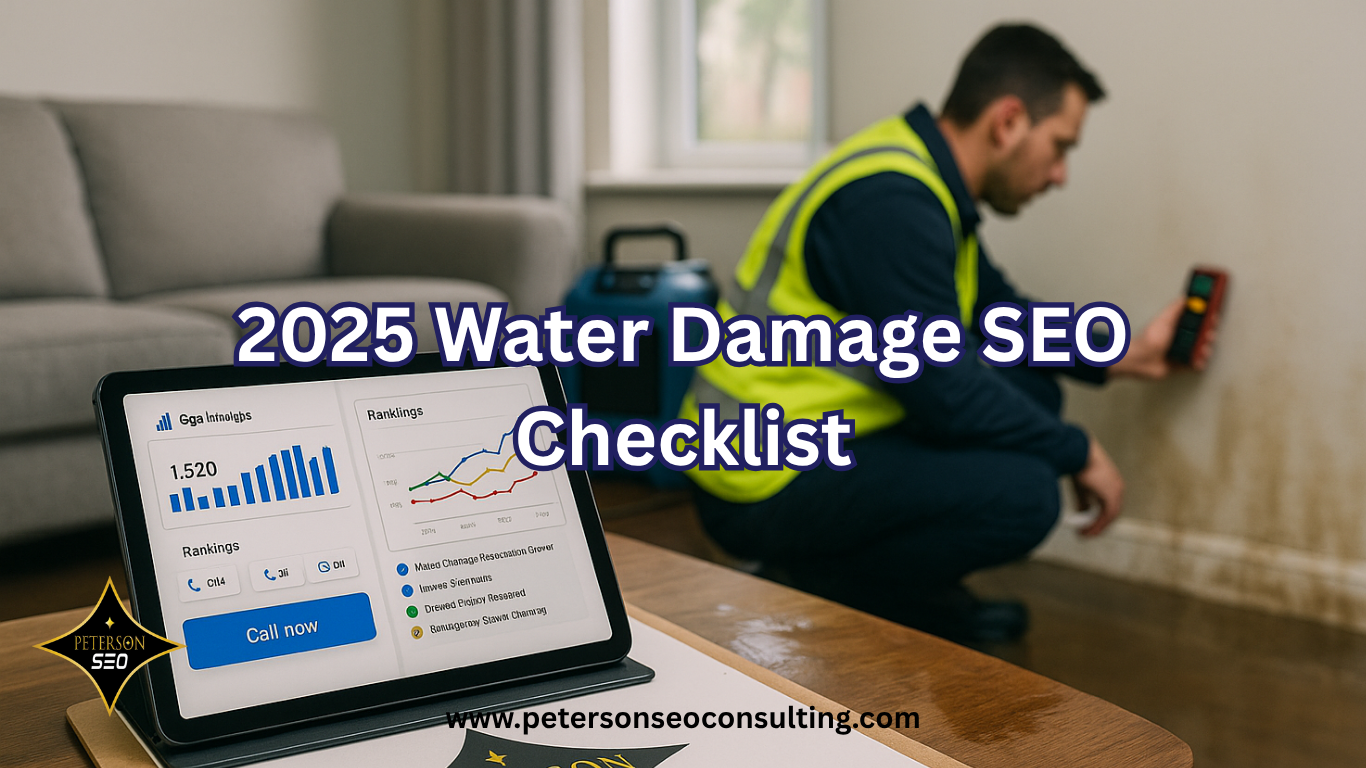
If your phone isn’t ringing when there’s a flood in town, your SEO might be the problem. In 2025, water damage SEO is one of the highest-ROI strategies for restoration companies—but only when done right. If you’re depending on a homepage with ten service links and a couple city names in the footer, Google’s skipping right past you.
To rank today, your site needs a strong structure and real strategy behind it. That means individual pages for each service. Individual pages for each city or area you serve. Properly written home page content. And keyword-rich, locally relevant messaging that speaks to your customers in their time of need—not just generic SEO fluff.
This checklist breaks down what you need to focus on right now. If you’ve already gone through our full breakdown of how water damage SEO drives real leads, this adds even more clarity to the process. And if you're just getting started—bookmark this now. It's what your competitors wish they'd done six months ago.
2025 SEO Checklist for Water Damage Restoration
✔ Mobile-First Optimization
Most emergency searches happen on a phone. Your website needs to load in under 3 seconds and be easy to use from the palm of someone’s hand standing in 2 inches of water.
✔ Dedicated Pages for Every Service
Each core service—like water damage, mold removal, fire cleanup—should have its own full-length page. Google needs clear, focused content to match you with searchers looking for those specific services.
✔ Separate Location Pages for Each Service
You can’t just list a dozen cities and expect to rank. You need a custom page for each service in each service area (e.g., “Water Damage Cleanup in Roseville” and “Mold Remediation in Sacramento”). These should include localized language, images, and keyword variations that match how people actually search in your region.
✔ GBP Content Strategy
Your Google Business Profile should be updated every week with real photos, keyword-rich job updates, and timely responses to reviews. It helps you show up in maps and powers your local visibility across Google.
✔ Internal Link Structure
Every blog post, city page, and service page should connect to other related content on your site. This helps Google understand your authority and helps visitors navigate more easily.
✔ Real, Conversational Written Content
More content isn’t just better—it’s essential. But it has to be the right content. Your pages should read like you’re speaking to a local homeowner who needs help, not like a keyword-stuffed directory listing. Be specific, be helpful, and stay local.
✔ Structured Data & Schema
Add schema markup to service pages, FAQs, reviews, and business details. This helps Google and AI engines better understand your business and rank you more accurately in both traditional and voice-based search.
✔ Consistent NAP Citations
Your business name, address, and phone number should match exactly across your website, GBP, and every other citation source (Yelp, BBB, Apple Maps, etc.). This consistency builds trust with search engines.
Restoration SEO FAQ (2025 Edition)
Why does my blog never bring in calls, even though it ranks?
Here’s the deal—blog traffic is not the same as buyer-intent traffic. A blog post titled “How to Tell If You Have Water Damage” might get clicks, but most of those visitors are just browsing or DIY troubleshooting. They’re not always ready to hire.
Your service pages, on the other hand, are designed for people who are already in emergency mode—searching for “emergency water removal near me” or “24/7 flood cleanup.” That’s the difference.
That doesn’t mean blogs are useless. In fact, they’re great for building topical authority, supporting SEO, and showing Google your site is active. But blogs need to support your lead flow—not replace your service pages. Every blog should have a clear CTA and link to your high-converting service content so that when someone is ready to act, they know exactly where to go.
How often should I update my city pages or service content?
If it’s been over a year since you touched your location or service pages, it’s time for an update. Google wants to see that your content is current—and customers do too.
You don’t need to rewrite everything monthly, but you should refresh core content at least twice per year. Update your photos, add seasonal issues (like storm damage or freezing pipes), refresh customer reviews, and check your internal links.
Also, make sure your language reflects local trends and concerns. What’s happening in Phoenix won’t match what’s happening in Minneapolis. Even small regional phrases can help make your content feel more real, more relevant, and more likely to rank.
Why am I showing up in Google search but not in the map pack?
This is where a lot of contractors get confused. Ranking in Google’s organic results and ranking in the local 3-pack (map section) are two separate things. The organic results are tied to your website SEO—things like on-page content, keywords, site speed, and backlinks.
For most contractors, it’s actually the other way around—they’re showing up in the map pack but nowhere to be found in the organic results. According to research published by Ahrefs, over 90% of all websites get zero organic traffic from Google because they don’t have a strong SEO foundation. That means while your Google Business Profile may rank locally thanks to proximity and reviews, your website might not even be visible.
Ranking in Google’s map pack and organic listings requires different strategies. The map pack is mostly driven by your GBP: how close you are to the searcher, how complete your profile is, how often you post updates and upload photos, and how many citations you have and how many fresh reviews you’ve got. Organic rankings depend on your website SEO: structured content, city-specific keywords, internal links, mobile optimization, and backlinks.
To win both, you need a combined approach. Keep your GBP active with keyword-rich updates, respond to reviews, upload project photos weekly, and make sure your NAP (name, address, phone) is consistent everywhere. Then focus on building a strong website with individual pages for each service and city, helpful blog content, and internal links that guide Google and visitors through your site. When both your map presence and website are strong, you increase visibility, trust, and calls—without any ad spend.
Water damage leads don’t wait. They go to the first company that shows up, looks legit, and makes it easy to call. That should be you.
If your current SEO plan is just hoping for better rankings—or if you’re still using one-page “service area” lists and generic homepage content—it’s time to level up.
At Peterson SEO, we help restoration companies build full systems that rank, convert, and grow with you. From content and GBP optimization to page structure and link strategy, we build marketing foundations that work when it matters most.
👉 Book your free SEO strategy call now »
AUTHOR
Jessica is the CEO of Peterson SEO which specializes in restoration and contractor marketing. She is a serial entrepreneur that has not only owned and managed her own businesses and remodeling company, but also helps contractors scale their businesses to new levels. Learn more about Jessica & Peterson SEO.
